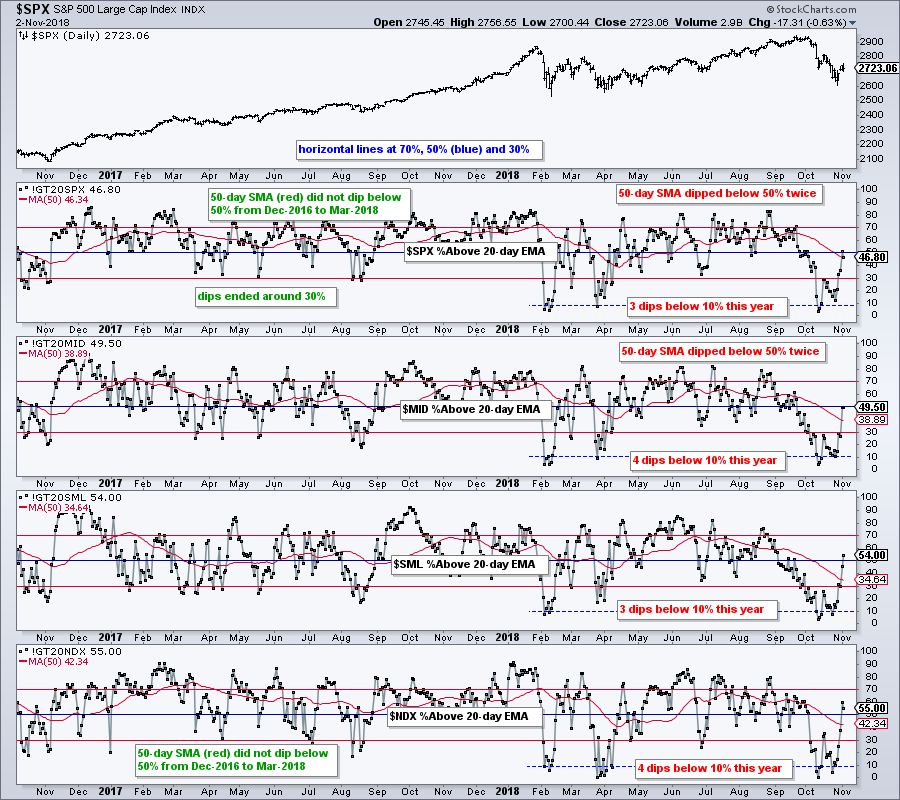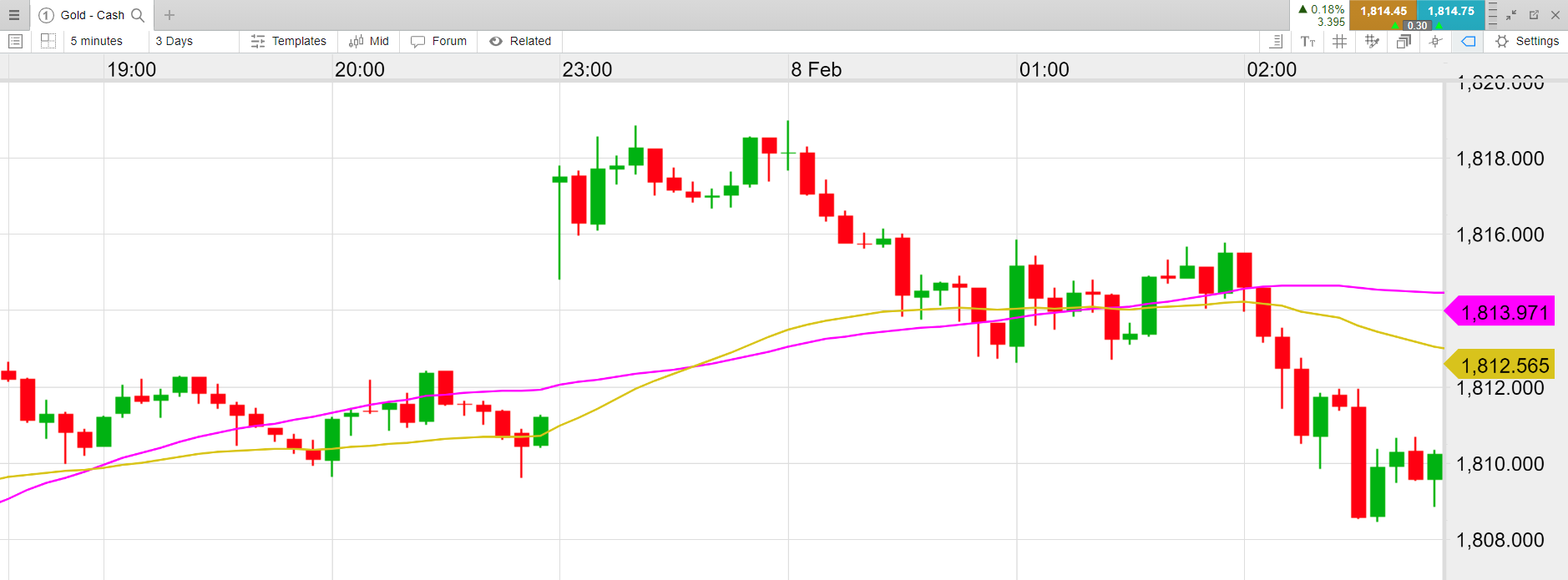

The EMA indicator uses “period” and “price”, as does the SMA, but fresher prices are given more weight to make the indicator respond more quickly to market changes. Historically, 25, 50, 100, and even 200 periods have been used for moving averages to denote significant crossovers in pricing models for longer terms. In this 15-minute chart of the GBP/USD currency pair, reasonably short periods were chosen, but testing in a demo practice environment is the best way to find a combination that appeals to the trader’s tastes. How does a trader decide on a period combination for two opposing EMA lines? There is no set formula. Traders will also key on moments when candlesticks cross a slower line, signifying that a trend is losing steam. The quicker of the two lines, the Purple one, is the signal generator, and as long as the space between the two lines remains open, the trader is encouraged to ride the trend for gain. The primary focal points occur when the two lines cross, as indicated by the “Green” circles. Two EMA lines are depicted in the graphic presented above, where the “Purple” line has a short period of “13”, and the “Red” line follows a 28-period regimen. Traders use an EMA, sometimes in concert with another EMA for a different period, to signal confirmation of a change in price behaviour. Its origins are unknown, but its use was designed to smooth out the effects of price volatility and create a clearer picture of changing price trends. The EMA counters the lagging weakness of the SMA indicator to a degree by weighting more recent prices more heavily.


For this reason, analysts modified the SMA and developed what is known as an Exponential Moving Average or “EMA”. It is a fact that sudden bursts of volatility precede a directional change in pricing behaviour. An SMA can help with opening and closing positions, but this indicator lags the market and can be insensitive to sudden bursts of volatility. Traders sometimes forget that the trend may be your friend, but it is time to close your position when it bends at the end. Studies have shown that markets tend to range 70% of the time, but successful trading depends upon making the trend your friend and riding it for all it is worth. If the curve has a slope, a trend is in play. If the curve is flat, the market is ranging. The curve will smooth out the bumps in candlesticks and provide visual clues about what is transpiring in the market for your chosen financial asset. The most basic indicator is a Simple Moving Average (SMA). The answer to this problem has always been to start with a clean screen, go back to the basics, and gradually build an effective trading strategy that is, in a word, uncluttered.


 0 kommentar(er)
0 kommentar(er)
